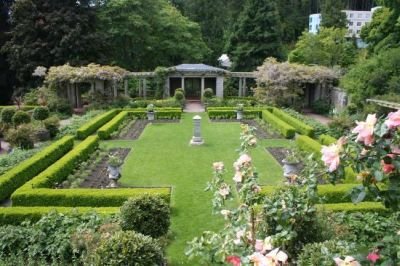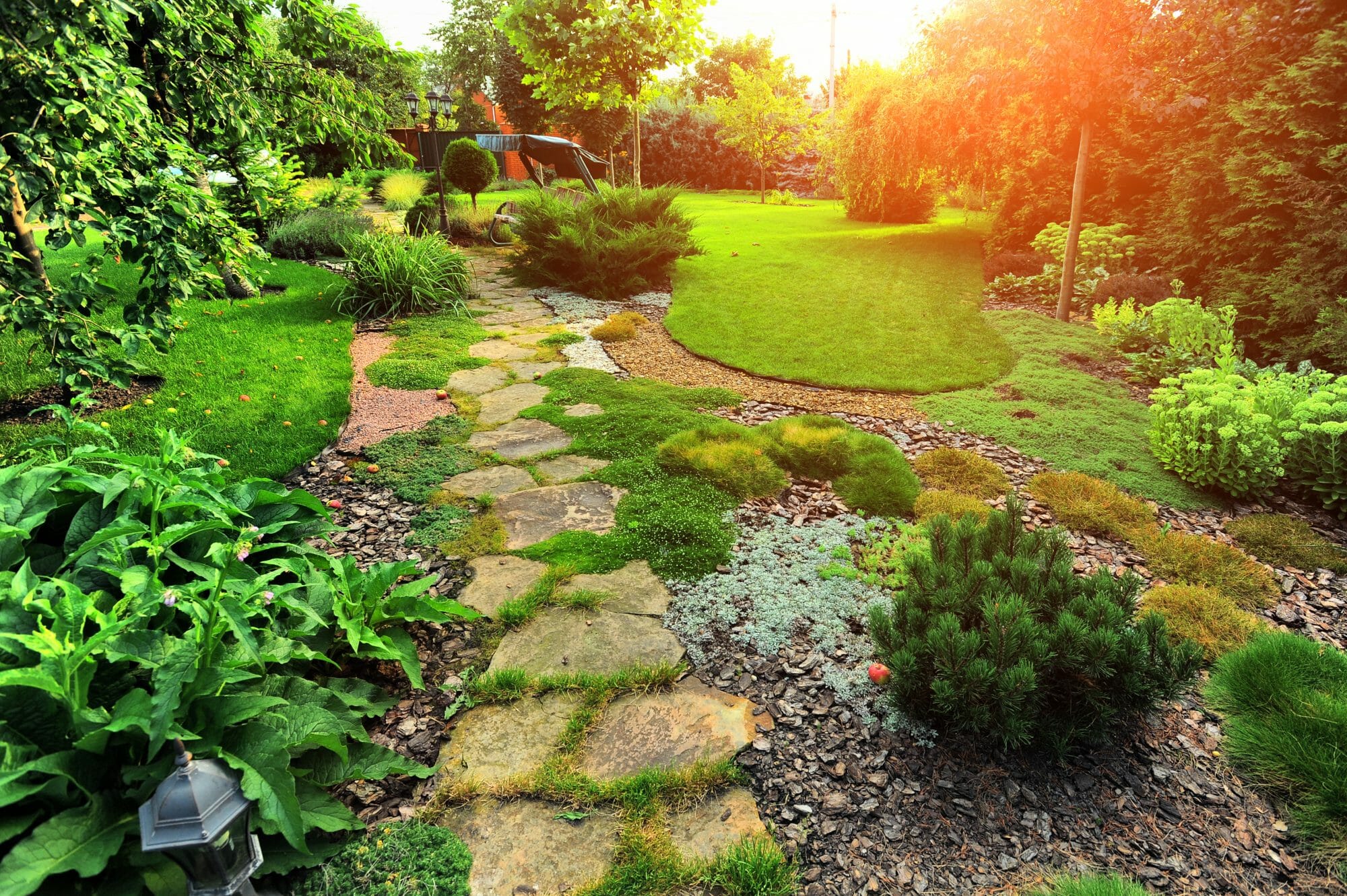Hilton Head Landscapes Can Be Fun For Anyone
Hilton Head Landscapes Can Be Fun For Anyone
Blog Article
Not known Incorrect Statements About Hilton Head Landscapes
Table of ContentsIndicators on Hilton Head Landscapes You Need To KnowThings about Hilton Head Landscapes3 Simple Techniques For Hilton Head LandscapesIndicators on Hilton Head Landscapes You Should KnowAbout Hilton Head LandscapesNot known Facts About Hilton Head LandscapesOur Hilton Head Landscapes IdeasGetting My Hilton Head Landscapes To Work
Type compatibility is likewise a significant component of unity in designone or 2 noticeably different kinds are good for contrast and emphasis, yet typically all other forms need to have some resemblances for a combined look. Texture describes exactly how coarse or fine the surface area of the plant or hardscape product really feels and/or looks.
Instances of plants with rugged texture include philodendrons, agaves, bromeliads, hollies, hands, and hydrangeas. Hardscape with rugged structure consists of rough-cut stone, rough-finished block, and incomplete wood with knots and an increased grain. Aged or old construction material that preserves a weather-beaten surface is usually rugged in structure. Qualities that create great texture consist of small vegetation; thin, strappy leaves (lawns) or high, thin stems; small, dense twigs and tiny branches; long stems (vines); and small, delicate flowers.
The Of Hilton Head Landscapes
A lot of plants are medium structure, in that they can not be explained as having either crude or fine texture. Medium-textured plants act as a history to link and combine the coarse- and fine-textured plants.

To make a room really feel smaller sized, position the coarse appearances along the external boundary and the great textures closest to the viewer. The information of the crude appearance makes the plants show up closer and makes the space feel smaller. The viewed texture of plants can additionally transform with the distance from the plant.
Examine This Report about Hilton Head Landscapes
Vibrant colors boost the comparison and make the texture appear coarser, while low-key colors can squash appearance. Hardscape with a crude texturesuch as very rough rocks and vibrant, big timberstends to make all plant material appear a lot more moderate textured. Developers typically establish a texture study (Number 8) theoretically to aid determine the plan of plant products.
Figure 8. Texture research. Color in plant material and hardscape includes passion and variety to the landscape. Color is one of the most obvious component in the landscape and is usually the focus of many house owners; nevertheless, it is also the most momentary element, generally lasting just a couple of weeks a year for specific plants.
Top Guidelines Of Hilton Head Landscapes
A basic description of the color wheel consists of the three key colors of red, blue, and yellow; the 3 additional colors (a mix of two primaries) of green, orange, and violet; and six tertiary shades (a mix of one adjacent main and secondary color), such as red-orange. Shade theory describes the connection of shades to each other and exactly how they ought to be utilized in a make-up.

Comparable (sometimes called harmonious) color design are any 3 to five colors that are nearby on the color wheel, such as red, red-orange, best site orange, yellow-orange, and yellow, or blue, blue-violet, and violet (bluffton landscaping). The colors relate to every various other due to the fact that they generally include two primaries mixed to create a second and two tertiary shades, which suggests they share usual residential properties
They have a tendency to have high contrast between them. The most typical sets are violet and yellow, red and environment-friendly, and blue and orange. Corresponding colors are frequently found normally in flowers; a common pair is yellow and violet. Shade is located in the blossoms, foliage, bark, and fruit of plants.
The 4-Minute Rule for Hilton Head Landscapes
Eco-friendly vegetation in all its various shades is the dominant shade by quantity, however various other colors catch interest quicker since of their high comparison to the shade eco-friendly. Color is likewise found in buildings, rocks, pavers, timber, and furnishings. The majority of colors in all-natural products, such as rock and timber, are typically muted and have a tendency to be variations of brown, tan, and light yellow.
Colors have residential properties that can impact emotions, spatial understanding, light high quality, equilibrium, and emphasis. Amazing shades tend to be soothing and need to be made use of in areas for leisure and peacefulness.
Some Of Hilton Head Landscapes
The "temperature level" of shades can also affect the assumption of range. Awesome colors tend to recede and are perceived as being farther away, making an area feel larger. Cozy colors often tend to advancement and are viewed as being closer, making a room feel smaller sized. Shade can also be utilized to catch interest and direct views.
Intense yellow, which has the highest strength, also has a high comparison with all various other shades (often defined as a "pop" of color) and should be used moderately. A little quantity of extreme color has as much visual weight as a large quantity of an extra suppressed or weak shade.
Analogous (in some cases called harmonious) color pattern are any 3 to five shades that are nearby on the shade wheel, such as red, red-orange, orange, yellow-orange, and yellow, or blue, blue-violet, and violet. The colors belong to every various other due to the fact that they generally consist of 2 primaries mixed to create an additional and 2 tertiary shades, which means they share typical buildings.
Unknown Facts About Hilton Head Landscapes
They tend to have high contrast in between them. The most usual sets are violet and yellow, red and eco-friendly, and blue and orange. Corresponding shades are usually discovered naturally in flowers; a common set is yellow and violet. Shade is found in the flowers, foliage, bark, and fruit of plants.
Green vegetation in all its different shades is the leading color by amount, however various other shades record focus quicker since of their high contrast to the shade eco-friendly - landscaping hilton head sc - https://padlet.com/stevenagonzales/my-delightful-padlet-65fq7sgb974pr3v2. Color is also found in structures, rocks, pavers, wood, and furniture. The majority of shades in natural materials, such as rock and wood, are generally low-key and tend to be variations of brownish, tan, and pale yellow
Hilton Head Landscapes Fundamentals Explained
Shades have buildings that can affect feelings, spatial understanding, light high quality, balance, and emphasis. Great shades have a tendency to be calming and should be made use of in locations for leisure and calmness.
The "temperature level" of shades can also affect the assumption of range. Awesome colors have a tendency to recede and are perceived as being farther away, making a room feel bigger. Warm shades tend to breakthrough and are viewed as being closer, making a room really feel smaller. Color can additionally be utilized to capture attention and straight views.
Brilliant yellow, which has the greatest strength, also has a high comparison with all other colors (frequently described as a "pop" of shade) and need to be utilized moderately. A percentage of extreme shade has as much aesthetic weight as a big quantity of a more controlled or weak color.
Report this page